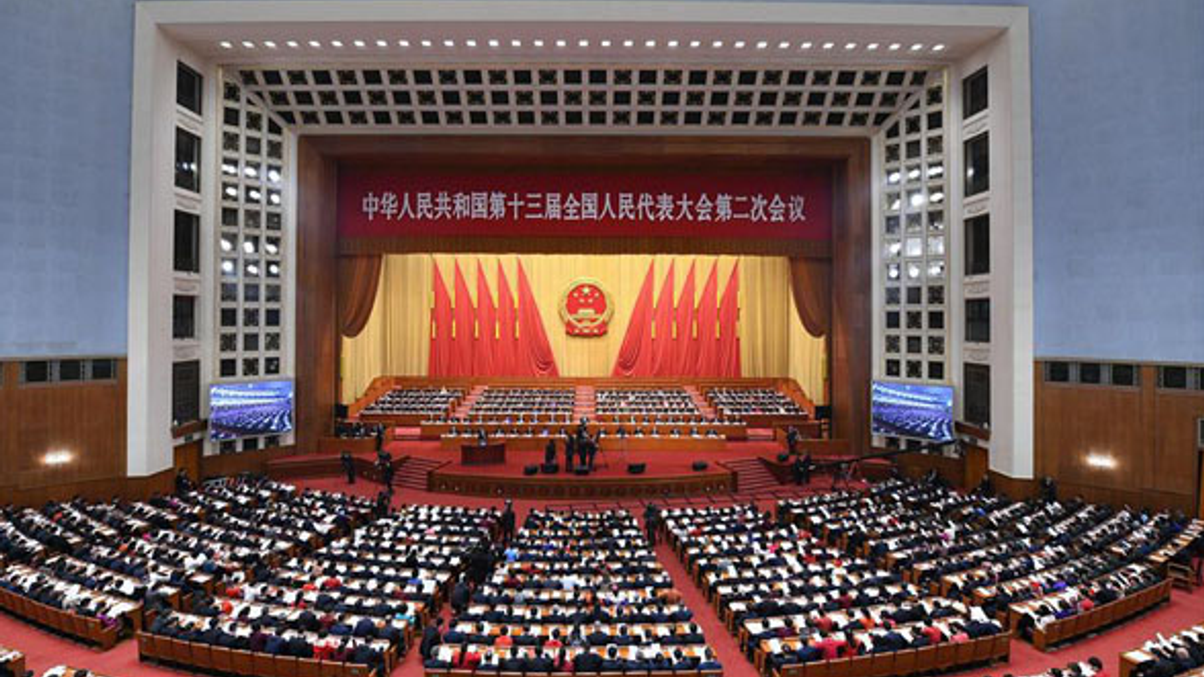Market Views: What do the “Two Sessions” say about China?
What are Beijing's economic priorities this year, and how much will China's economy expand in 2020? Seven experts shared their opinions.

China's tightly-managed economy rarely misses its GDP growth target. That all changed with Covid-19. In the first quarter of this year, China's economy contracted 6.8% year-on-year - its worst GDP performance in over 40 years.
Sign In to Your Account
Access Exclusive AsianInvestor Content!
Please sign in to your subscription to unlock full access to our premium AI resources.
Free Registration & 7-Day Trial
Register now to enjoy a 7-day free trial—no registration fees required. Click the link to get started.
Note: This free trial is a one-time offer.
¬ Haymarket Media Limited. All rights reserved.


